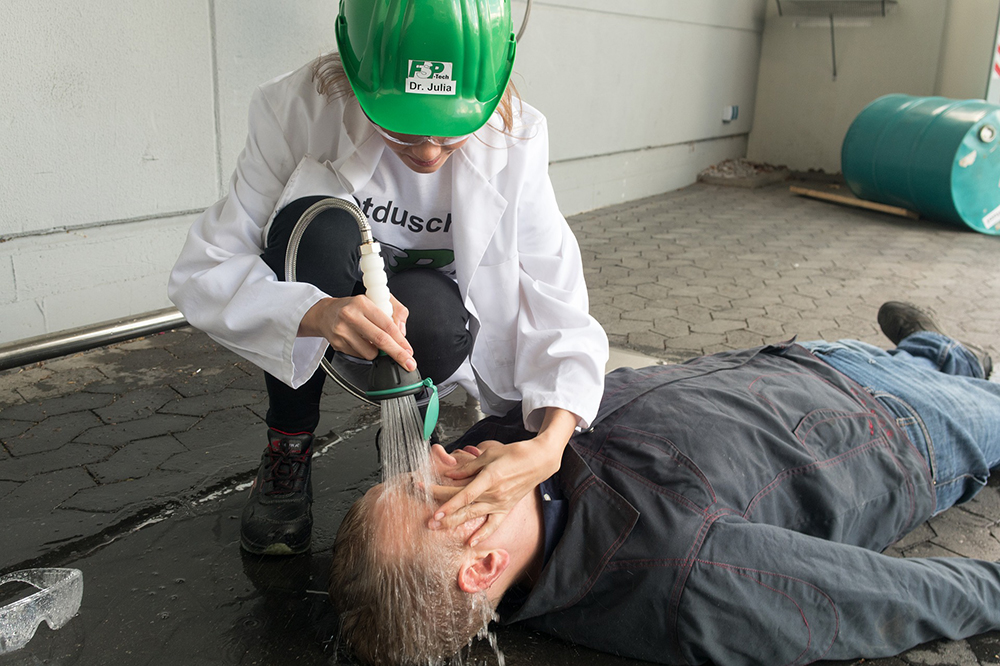With March being Workplace Eye Wellness Month here are a few simple tips you can use to protect your eyes from injury at work!
Protect Your Eyes From Injury
- Be sure you know all the eye safety hazards at your workplace before your start your work.
- Help to eliminate those hazards before you begin working by following proper safety measures, using safety equipment properly and wearing proper eye protection.
- Choose and wear the proper eyewear protection needed for your vision and the job at hand.
- be sure to keep your safety equipment in good working order or have it replaced immediately if it no longer provides proper protection.
Eye Protection
Be sure to select protective eyewear based on the specific task and the specific hazard assessment of each activity. Your employer should know what these hazards are and have safety gear ready to wear based on OSHA recommendations unless you are a private contractor. Check OSHA guidelines for more specific information and guidelines. The types of eye protection include the following:
- Although safety glasses may look like normal eyewear they are designed to protect your eyes significantly more protection that regular eyeglasses. Look for safety glasses marked with ANSI mark, from the American National Standards Institute and also, look for the Z87 mark on the lens or frame.
Regular Safety glasses provide eye protection for all general working conditions where there may be particles like dust, chips or flying projectiles or particles. Choosing frames with wraparound lenses also provide an added layer of protection. Safety lenses are available in regular plastic, polycarbonate and Trivex® materials. While all of the materials listed must meet the requirements for protection, polycarbonate lenses provide the most protection.
- Goggles provide protection from projectiles from impact, they also help with protection from splashes from chemical or excess dust. Providing a shield around the entire eye, they protect from dangers coming from multiple directions and can be work over prescription glasses or contact lenses.
- Face Shields or Helmets can protect workers exposed to heat, chemicals or blood-born pathogens. Helmets are used in welding or for working with extreme temperature materials. Face shields and helmets should not be the only form of eye protection worn. They should be used in conjunction with safety glasses or goggles so that the eyes are still protected when the helmet or face shield is lifted.
- Specialty protection is available for those exposed to optical radiation when welding or working with lasers.
Of course, safety glasses must fit properly to provide adequate protection and must be worn properly and maintained properly. Ill fitting, dirty or scratched devises reduce vision and cause glare that may contribute to accidents. Eye protection combined with machine guards, screens, divided work stations or other engineered controls, using the correct eyewear can help keep your eyes safe from any type of workplace hazard.
Be sure to seek medical attention immediately if you get something in your eyes or receive an injury to the eyes to prevent further injury.
For more helpful eye care and vision care tips, please visit our main blog page.
Source: aoa.org
Image by FSPTechGmbH from Pixabay


Trackbacks/Pingbacks